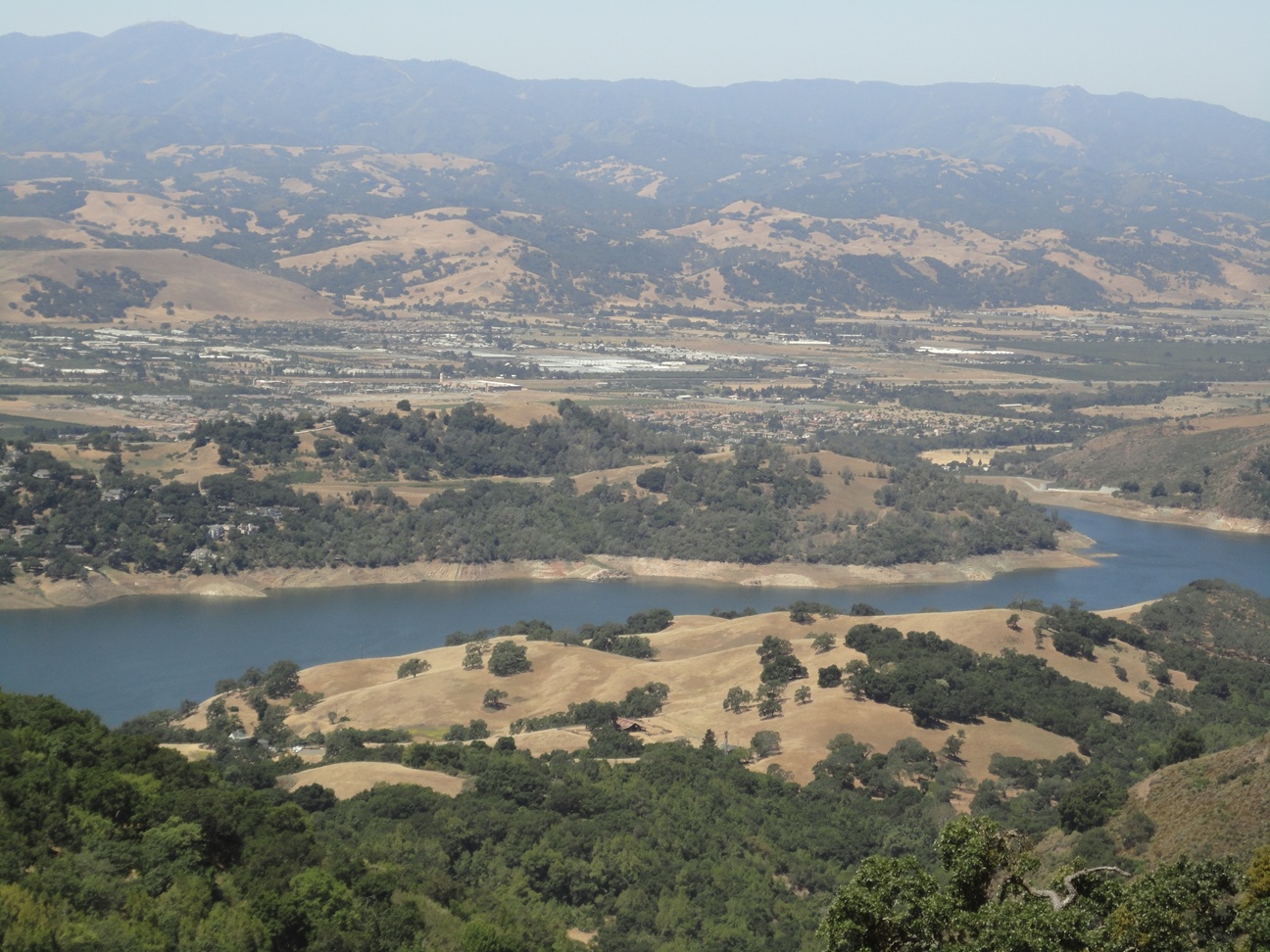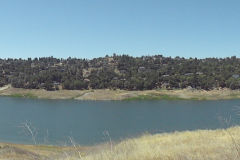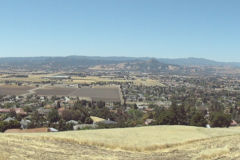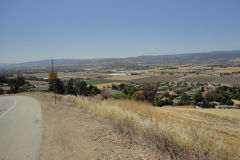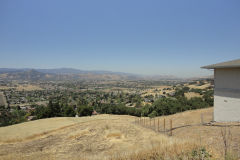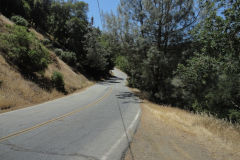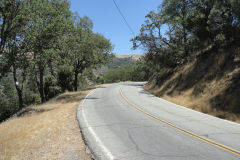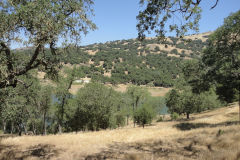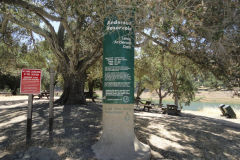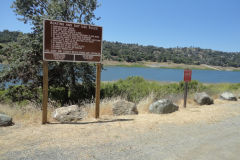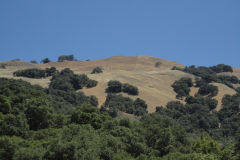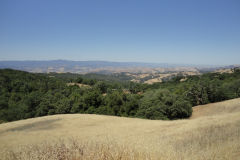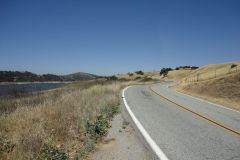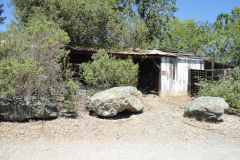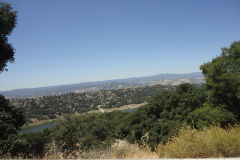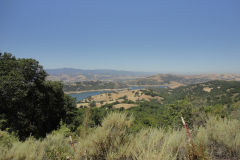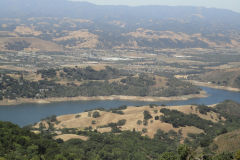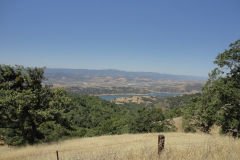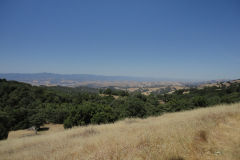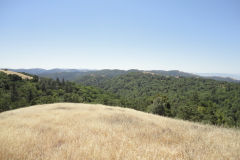Santa Clara, located in Santa Clara County, California, is a city that is known for its rich history, beautiful natural surroundings, and thriving technology industry. Santa Clara is the largest city in Silicon Valley and is home to many high-tech companies such as Intel, Applied Materials, and Agilent Technologies.
The city’s history dates back to the 18th century when the Spanish established Mission Santa Clara de Asis in the area. The mission played a significant role in the colonization of California and the conversion of the indigenous population to Christianity. After Mexico gained independence from Spain in 1821, the mission lands were secularized and distributed to Mexican citizens. In 1846, the United States annexed California during the Mexican-American War, and Santa Clara became part of the U.S. The city was officially incorporated in 1852.
Santa Clara is also home to Santa Clara University, a private Jesuit university founded in 1851. The university is known for its strong academic programs in business, engineering, and law, and has been ranked among the top universities in the western United States.
The city is also known for its beautiful natural surroundings and recreational opportunities. The Santa Clara County Parks and Recreation Department manages over 50 parks, including the popular Hellyer County Park, which offers hiking trails, picnic areas, and a skate Park. The city also features a number of museums and historical sites, such as the Santa Clara Mission, which dates back to the 18th century.
In addition to its technology industry and recreational opportunities, Santa Clara is also a city that is committed to sustainability. The city has implemented a number of initiatives to reduce its carbon footprint, including a program to install solar panels on city buildings and a program to encourage the use of electric vehicles.
Santa Clara is a city that offers a unique blend of history, natural beauty, and technology. From its thriving technology industry to its recreational opportunities and commitment to sustainability, Santa Clara is a city that has something for everyone. Its history, culture and location make it an attractive place to live, work, and raise a family.
History
Santa Clara, located in Santa Clara County, California, has a rich history that dates back to the 18th century. The area that is now Santa Clara was originally inhabited by the Ohlone people, who were hunter-gatherers who lived in small villages along the creeks and rivers of the region.
In 1777, the first Spanish mission, Mission Santa Clara de Asis, was established in the area by Father Junipero Serra. The mission was named after Saint Clare of Assisi, the patron saint of the city. The mission played a significant role in the colonization of California and the conversion of the indigenous population to Christianity.
After Mexico gained independence from Spain in 1821, the mission lands were secularized and distributed to Mexican citizens. In 1846, the United States annexed California during the Mexican-American War, and Santa Clara became part of the U.S. The city was officially incorporated in 1852.
During the late 19th and early 20th centuries, Santa Clara was primarily an agricultural community, with crops such as wheat, barley, and prunes being grown in the area. However, the city began to change in the 1930s and 1940s, as the high-tech industry began to take root in Silicon Valley. Companies such as Hewlett-Packard and Lockheed Martin established operations in Santa Clara, and the city became a major center for technology research and development.
Santa Clara has a rich cultural heritage, and it has been able to preserve many of its historical sites, such as the Santa Clara Mission, which dates back to the 18th century, and the Santa Clara Historical Museum, which showcases the city’s history and cultural heritage. The city also features a number of museums and historical sites, such as the Santa Clara University’s de Saisset Museum, which features art and artifacts from around the world.
Santa Clara, California has a rich and diverse history that dates back to the 18th century. From its early days as a Spanish mission to its current role as a major center for technology research and development, Santa Clara has played a significant role in the development of California and the United States. Today, the city is known as the largest city in Silicon Valley and a global leader in the technology industry, while also preserving its cultural heritage and historical sites. Santa Clara’s history is an important aspect of the city’s identity and it continues to shape its present and future.
Geology
The city of Santa Clara, located in Santa Clara County, California, is situated on the southern end of the San Francisco Bay Area and its geology is mainly characterized by the presence of sedimentary rocks, such as sandstone and shale, which were formed by the accumulation of sediment in ancient seas. These rocks are part of the Great Valley Sequence and are rich in fossil remains of ancient marine life.
The city is situated in an active seismic zone, and it has experienced several moderate to strong earthquakes over the years. The most significant earthquake in the region was the 1989 Loma Prieta earthquake, which caused significant damage in the city. The Santa Clara Valley is located near the San Andreas Fault, one of the most active and well-known faults in the world. This fault line is responsible for the creation of the valley and the formation of the Santa Cruz Mountains and the Diablo Range.
The city also has a small volcanic rock outcropping called the Mount Umunhum, a mountain peak of the Santa Cruz Mountains that rises to 3,486 feet, this peak is a part of the ancient volcanic activity that occurred in the region millions of years ago.
The soil in Santa Clara is mostly composed of alluvium, which is a mixture of clay, silt, sand, and gravel that was deposited by ancient rivers and streams. This soil is rich in nutrients and is ideal for agriculture and gardening. The city is also home to several creeks and streams, such as Guadalupe River, which flow through the valley and provide important habitats for wildlife and fish.

